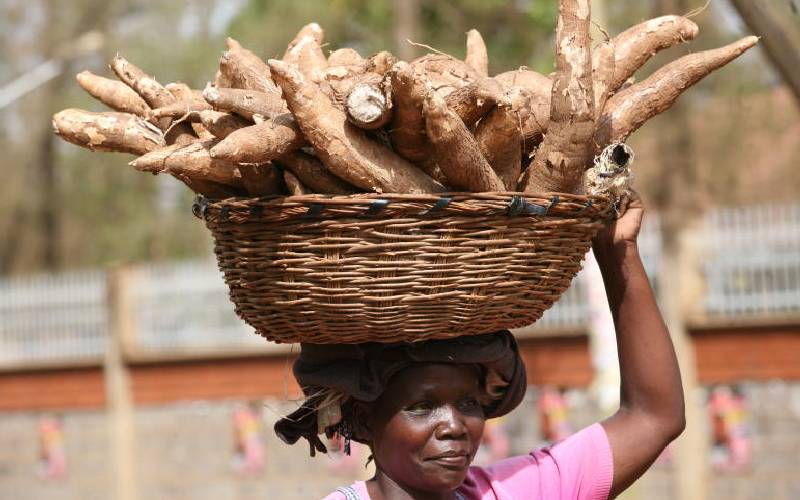×
The Standard e-Paper
Join Thousands of Readers

Susan Wanyela grew up seeing cassava being grown. Her parents grew the crop, so did neighbours.
It was only natural that she took up cassava farming as well. She has been at it for more than three decades. “Since 1987, to be precise,” she says.